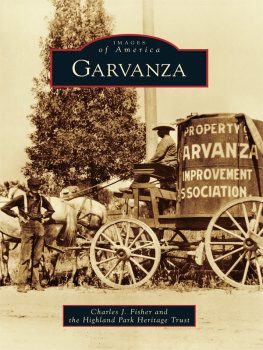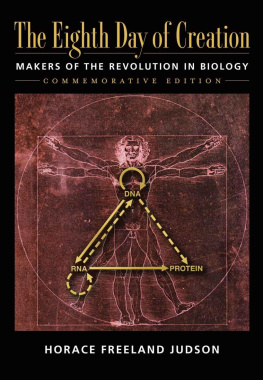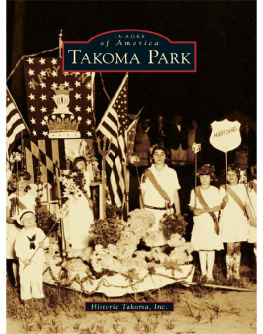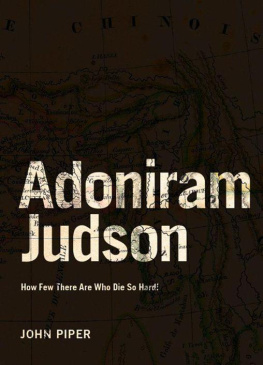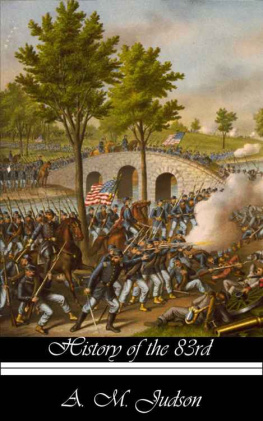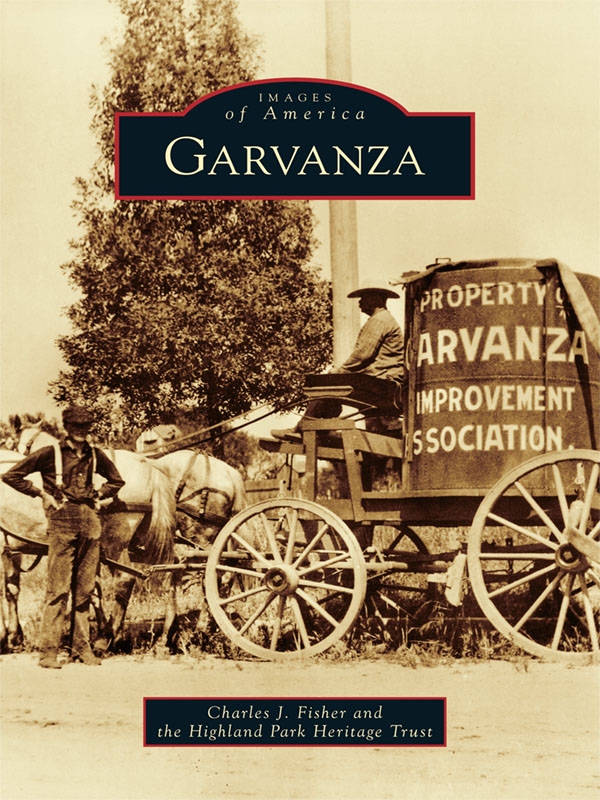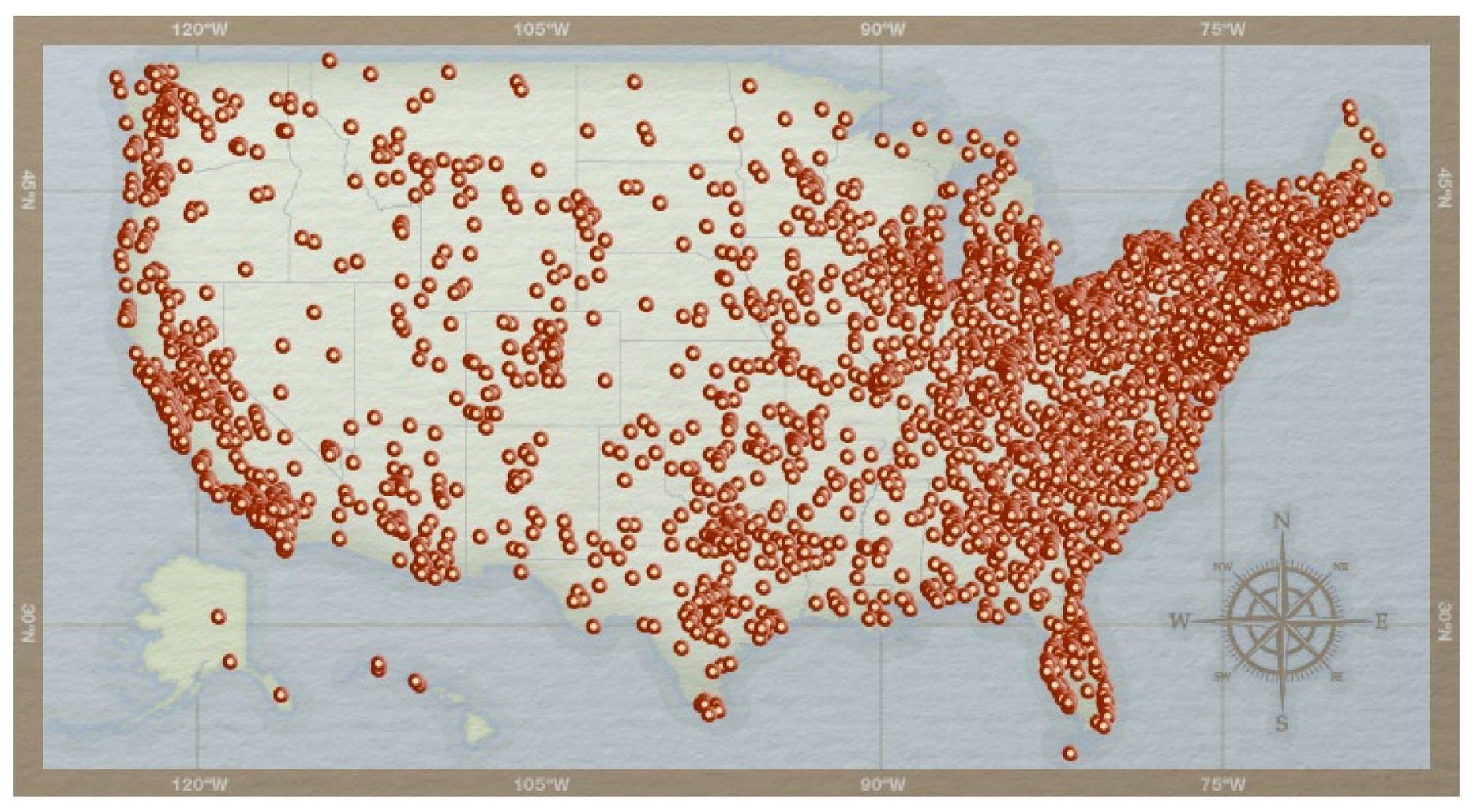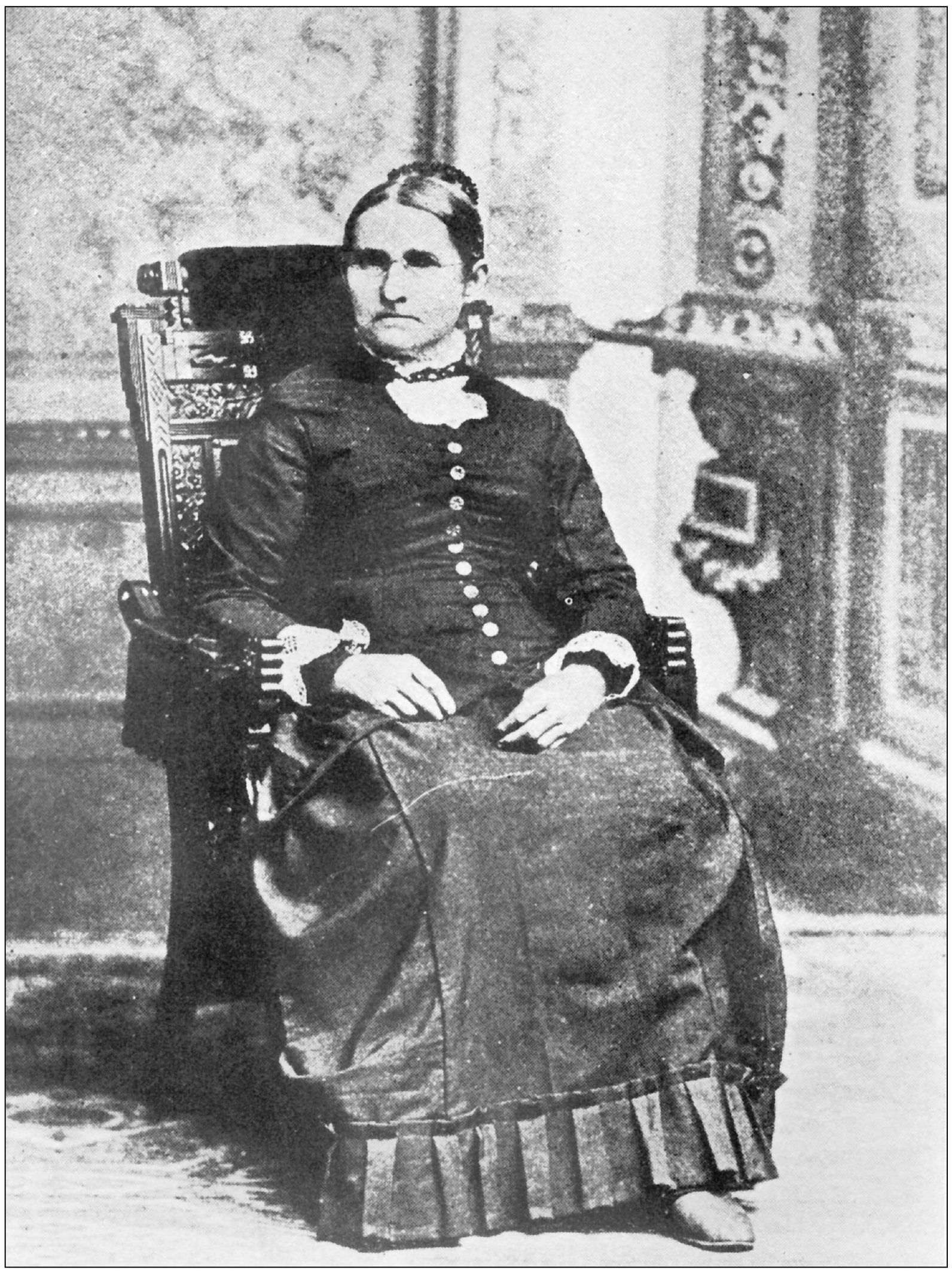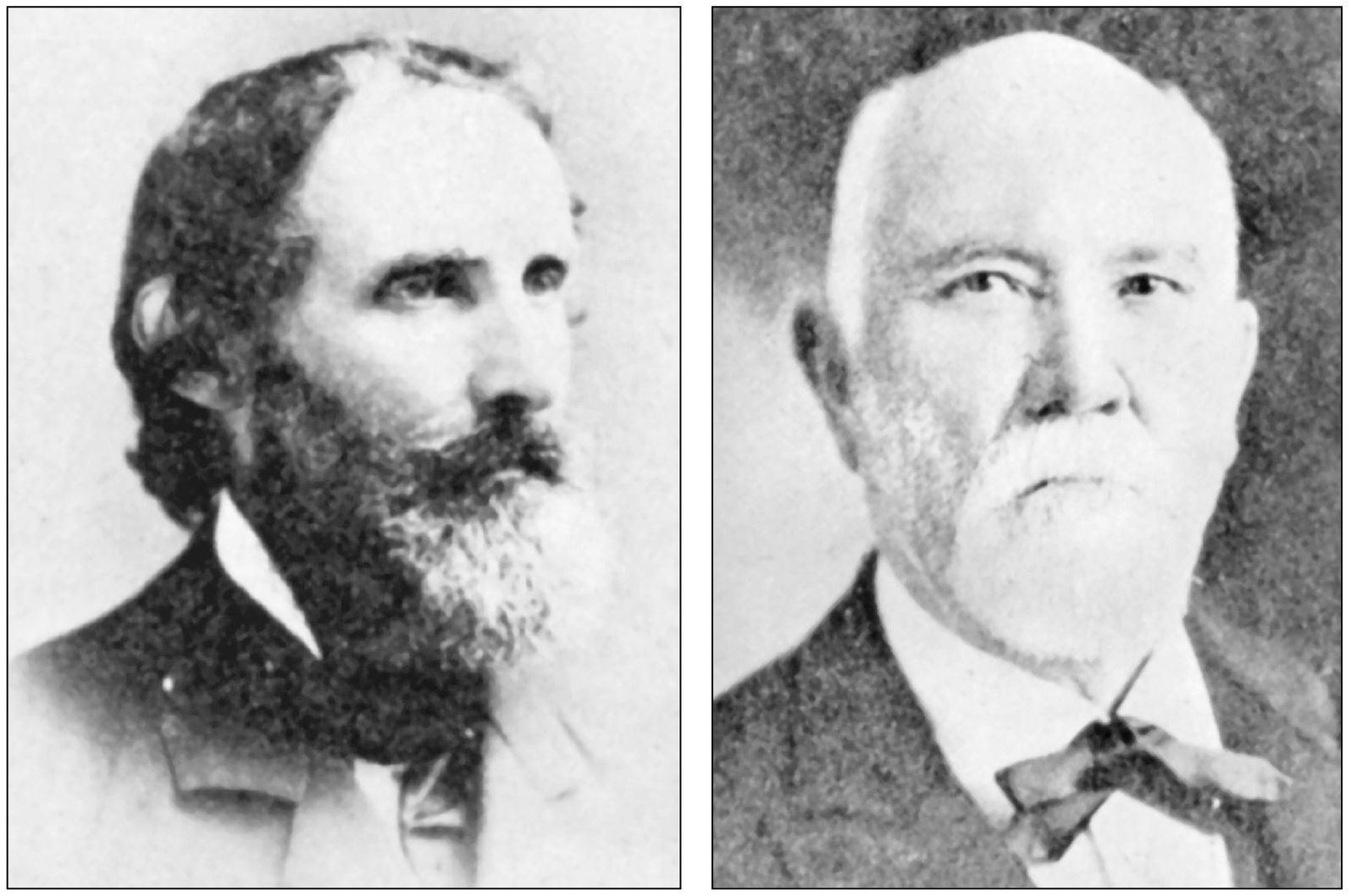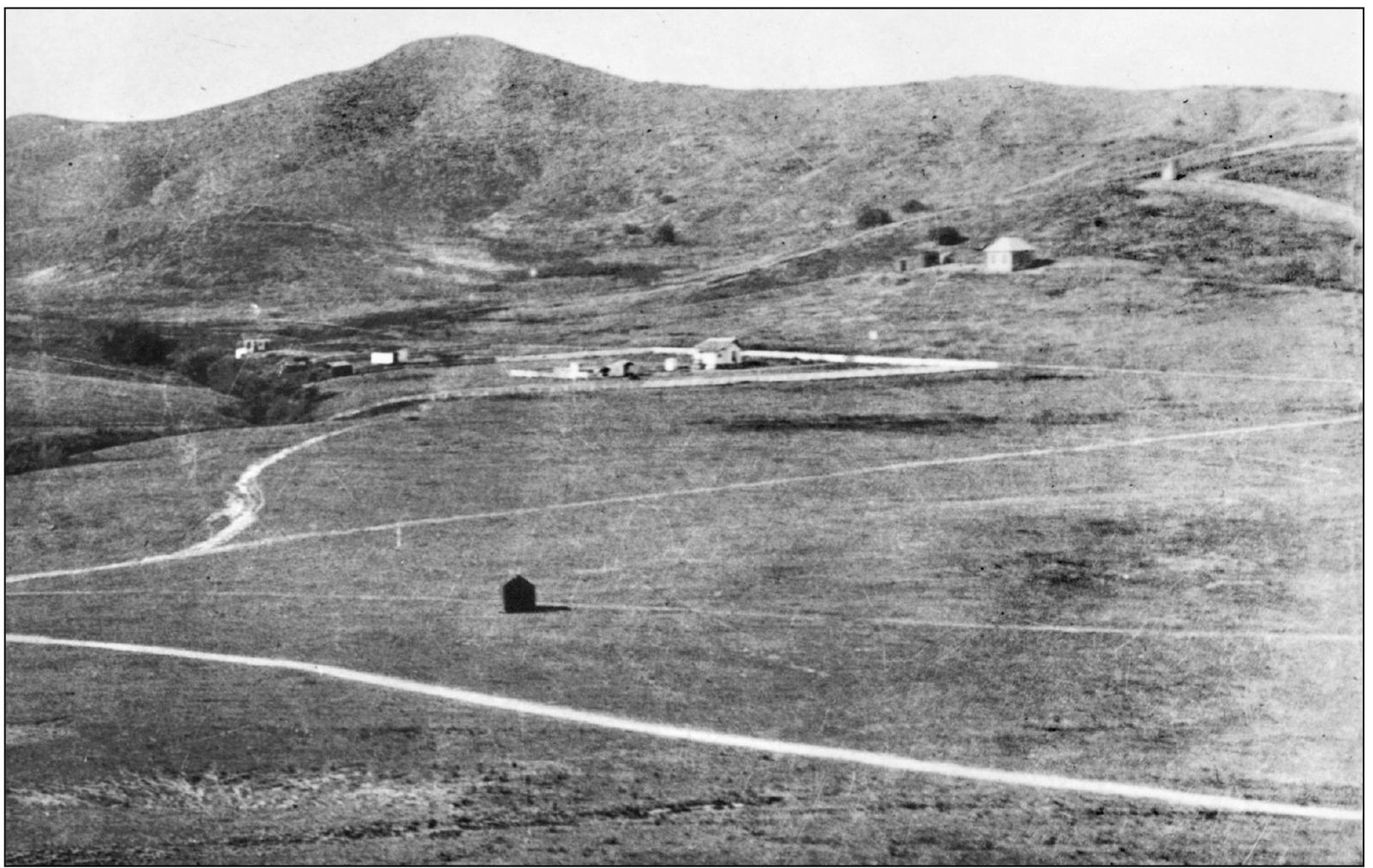ACKNOWLEDGMENTS
Garvanza would be a very different place today if it was not for those who have worked to keep its history by preserving the built environment. The Highland Park Heritage Trust was founded by people who knew what they were losing. We were babes in the woods and sought help from those who had been there before. The late Los Angeles historian David Cameron gave us the inspiration and the ability to successfully write landmark nominations. I learned how to dig through archives full of deeds, planning reports, and other resources through him and Sally Beck. Tom Owen was an irreplaceable resource at the Los Angeles Public Library, whose death in 2000 left a void in every historians life.
A special thank-you to local historian Virginia Neely. Without her knowledge and extensive collection of articles and photographs, this book would not have been possible. Also thanks to Tina Gulatta-Miller and Carmela Gomes for going over the manuscript and finding my typos and bad grammar.
I owe a great debt to both my editor at Arcadia Publishing, Jerry Roberts, and my lovely wife, Anne Marie Wozniak, for supporting, prodding, and guiding me through this adventure.
I learned much during the writing of my book on Highland Park in 2007. Some may find a repeat of that book in the early history of Garvanza, and I would like to apologize if it seems a bit redundant; Garvanza and Highland Park share roots in the Rancho San Rafael and much of the early history is the same.
Without the help and photographs from the Los Angeles Public Library (LAPL), this book would not have been possible. A special thank-you to Carolyn Kozo Cole and her staff for the permission to use many photographs from the LAPL collection.
Because of my long-term relationship with the Judson familyDavid Judson; his mother, Karen; and his late father, WalterI have had access to one of the true treasures of Garvanza.
There are too many aspects and stories of Garvanza history for all to make it into a book with limited space, so I apologize if I did not include some important history.
And finally, thank you for the inspiration and encouragement of friends who have written previous Arcadia Publishing titles: Glen Duncan, Jeffrey Samudio, Portia Lee, and Eric Warren; without your lead I would have never finished this project.
BIBLIOGRAPHY
Beck, Sally and Charles J. Fisher. Listing of Los Angeles City Building Permits Issued in Greater Highland Park Area, 18871905. Los Angeles, CA: Unpublished, 1991.
Cleland, Robert Glass. Cattle on a Thousand Hills, Southern California, 18501880. San Marino, CA: Henry E. Huntington Library and Art Gallery, 1941; second edition, 1951.
Cowan, Robert G. Ranchos of California: A List of Spanish Concessions 17751822 and Mexican Grants 18221846. Fresno, CA: Academy Library Guild for the Historical Society of Southern California, 1956.
Dumke, Glen S. The Boom of the Eighties in Southern California. San Marino, CA: Henry E. Huntington Library and Art Gallery, 1944.
Fisher, Charles J. John A. Donnelly House, Historical Resource Evaluation. 2008
Garvanza Gazette . 18871890.
Herr, Jeffrey, editor. Landmark L.A. Los Angeles, CA: Cultural Affairs Department of the City of Los Angeles, 2002.
Highland Park Lodge No. 382. 50 Years of Masonry in Highland Park Lodge No. 382, F&AM, 19061956. Los Angeles, CA: self-published, 1956.
Los Angeles Times . 1886 2010.
Northeast Newspapers . 19051993.
Security Trust and Savings Bank. The Five Friendly Valleys: The Story of Greater Highland Park. Los Angeles, CA: Highland Park Branch of the Security Trust and Savings Bank of Los Angeles, 1923.
Find more books like this at www.imagesofamerica.com
Search for your hometown history, your old stomping grounds, and even your favorite sports team.
One
THE PIONEER MOTHER
Garvanza was laid out as a town site during the Southern California land boom of the mid-1880s. The beginnings go back to 1868 in Denton County, Texas. Tempe Sarah Ann Rogers, frustrated at the lack of opportunity in the postCivil War South, convinced her husband, Andrew, that the best way for their eight children to find prosperity would be to relocate to Southern California. The family had moved to Texas from Tennessee 16 years earlier.
Tempe Sarah Ann Rogers managed to organize a wagon train of 100 families to make the arduous journey. The expedition set out on the Santa Fe Trail on April 3, 1868, with 100 teams of oxen and 300 steers. It arrived in Los Angeles on October 23, 1868, after an arduous journey wrought with a stampede and concern with Native American attacks. The expedition endured the loss of lives as well as childbirths among the party. During the trek, 16-year-old Ralph, the oldest of the Rogers children, was to prove his mettle as a scout and a wagon master. In Los Angeles, he and his brother Edward opened a fuel and feed business at the corner of Third and Spring Streets, which soon became prosperous enough that they were able to start investing in real estate. Ralph also started a grading contract business.
Ralph and Edward Rogers, with several partners, incorporated the Garvanza Land Company and subdivided Julio Verdugos former bean patch in 1886. They soon began promoting the new town. The previous year had marked the arrival of the Los Angeles and San Gabriel Railroad, which went directly through Garvanza.
A few months later, the syndicate filed Garvanza Addition No. 1, which greatly expanded the budding town site.
PIONEER MOTHER. Tempe Sarah Ann Rogers was tough as nails in her resolve to find a better life in California. In the end, as the city had grown from a dusty pueblo to a metropolis with a population of 50,000, she made a prediction. Three days before her death in 1890, she asked her daughter Sarah J. Royer to drive her up into the hills overlooking the city where her mother told her, this town will some day be one of the greatest cities of the world. It will spread from the mountains to the sea. (Five Friendly Valleys.)
OWNERS OF THE LAND. Andrew Glassell Jr. (left) and Albert Beck Chapman had acquired the land in 1869 from Julio Verdugo after the courts had forced the sale at $1 per acre to clear Verdugos debt. They sold the land to the Rogers brothers syndicate in 1886. (Highland Park Heritage Trust.)
AN EMPTY LAND. This view of the dusty road in 1885 shows how empty the land was at that time. The land that became Garvanza is on the right, showing several farms up into the Annandale Valley in the center. (Photograph by Isaiah West Tabor; Los Angeles Public Library.)

